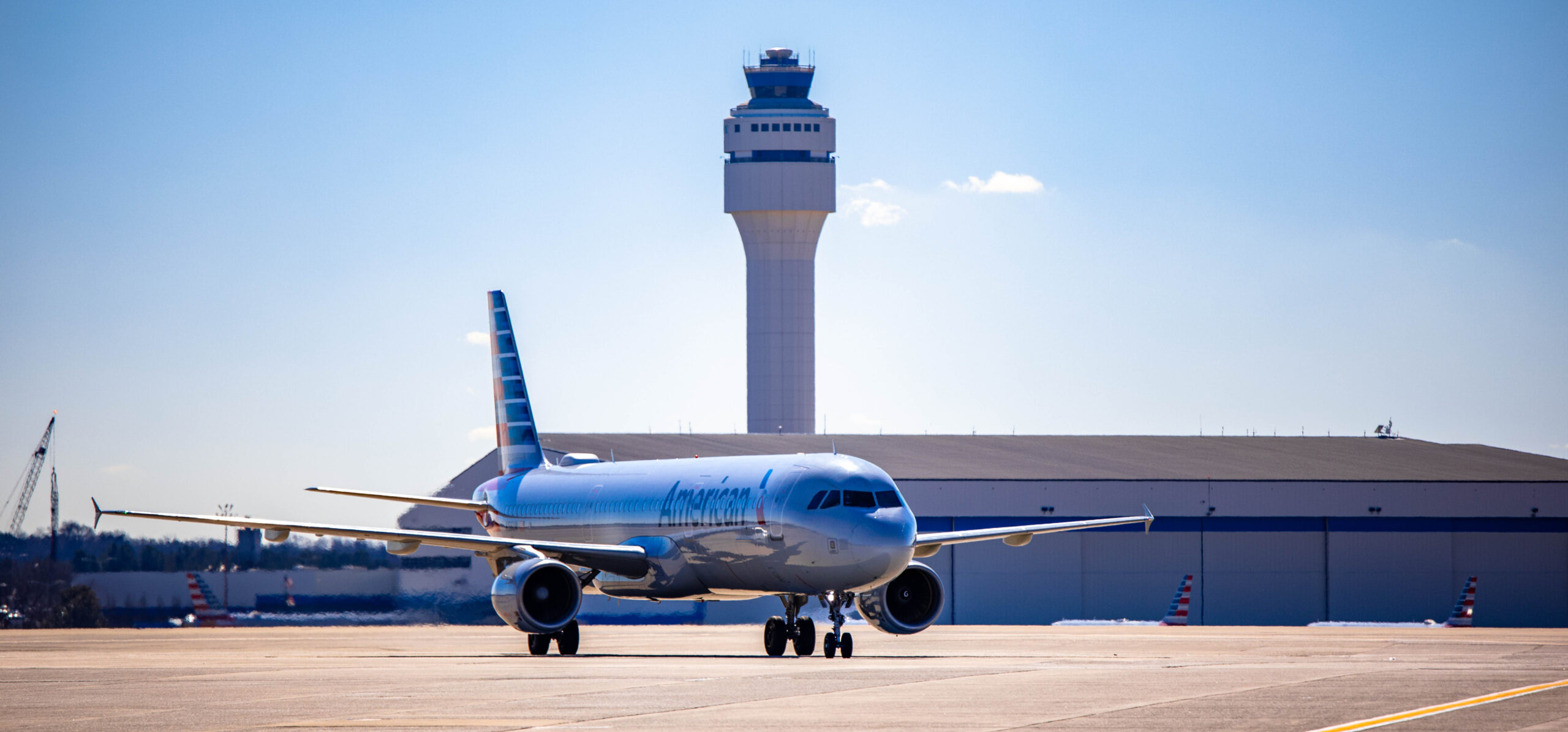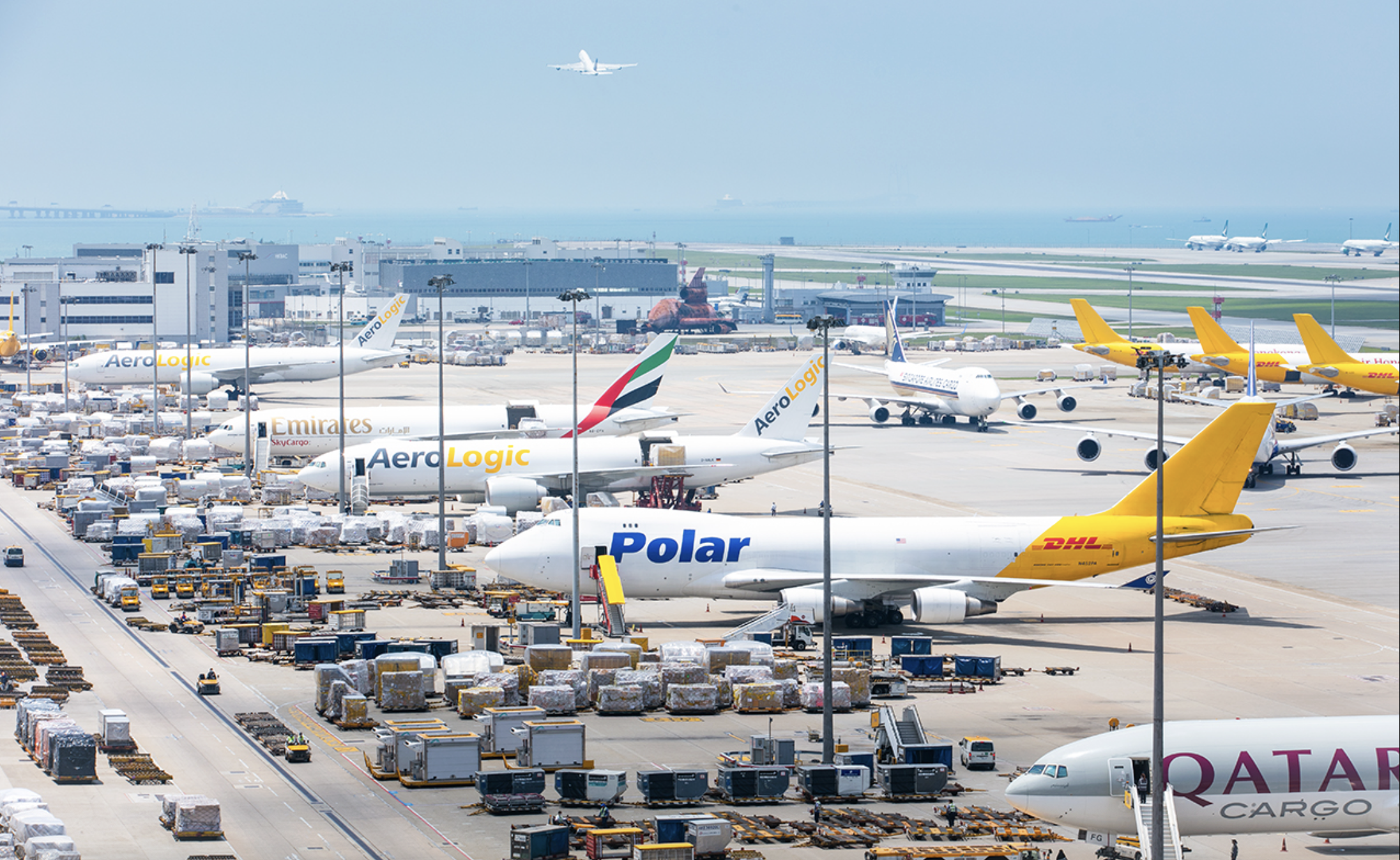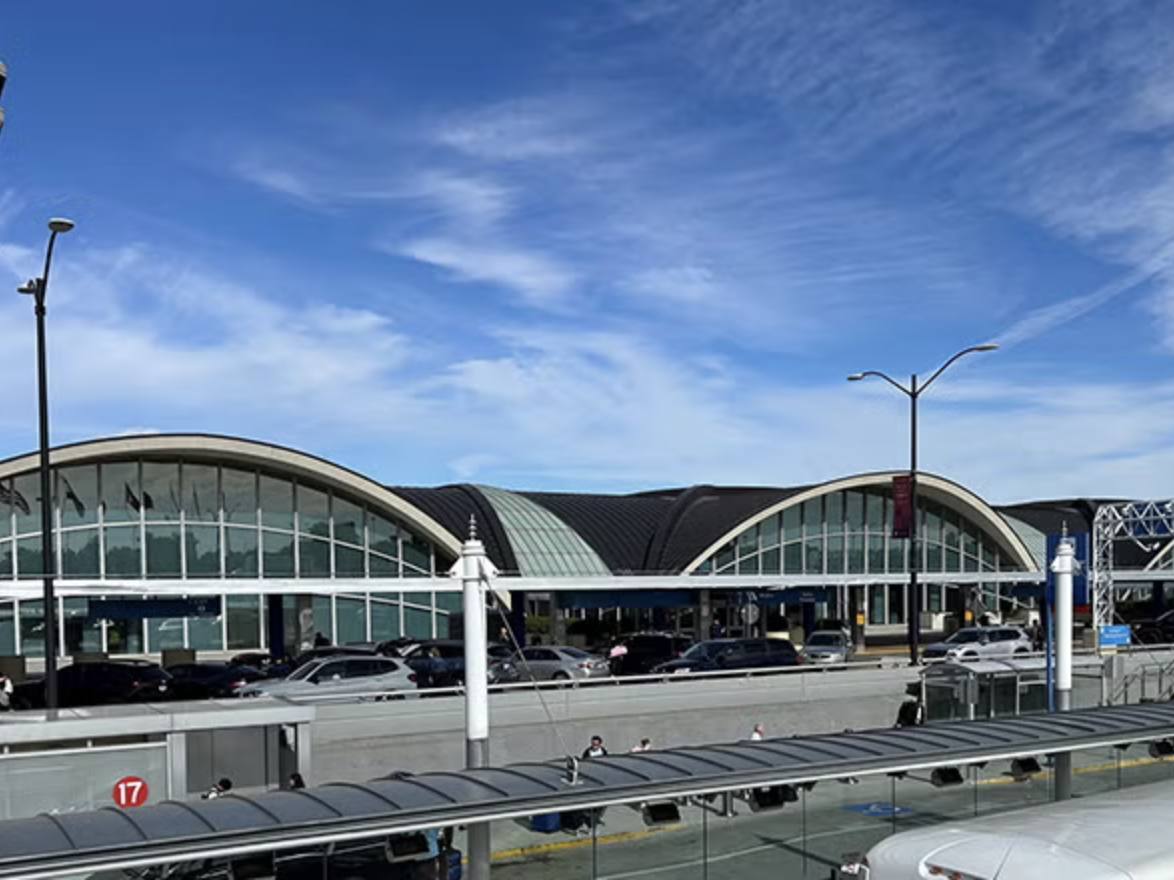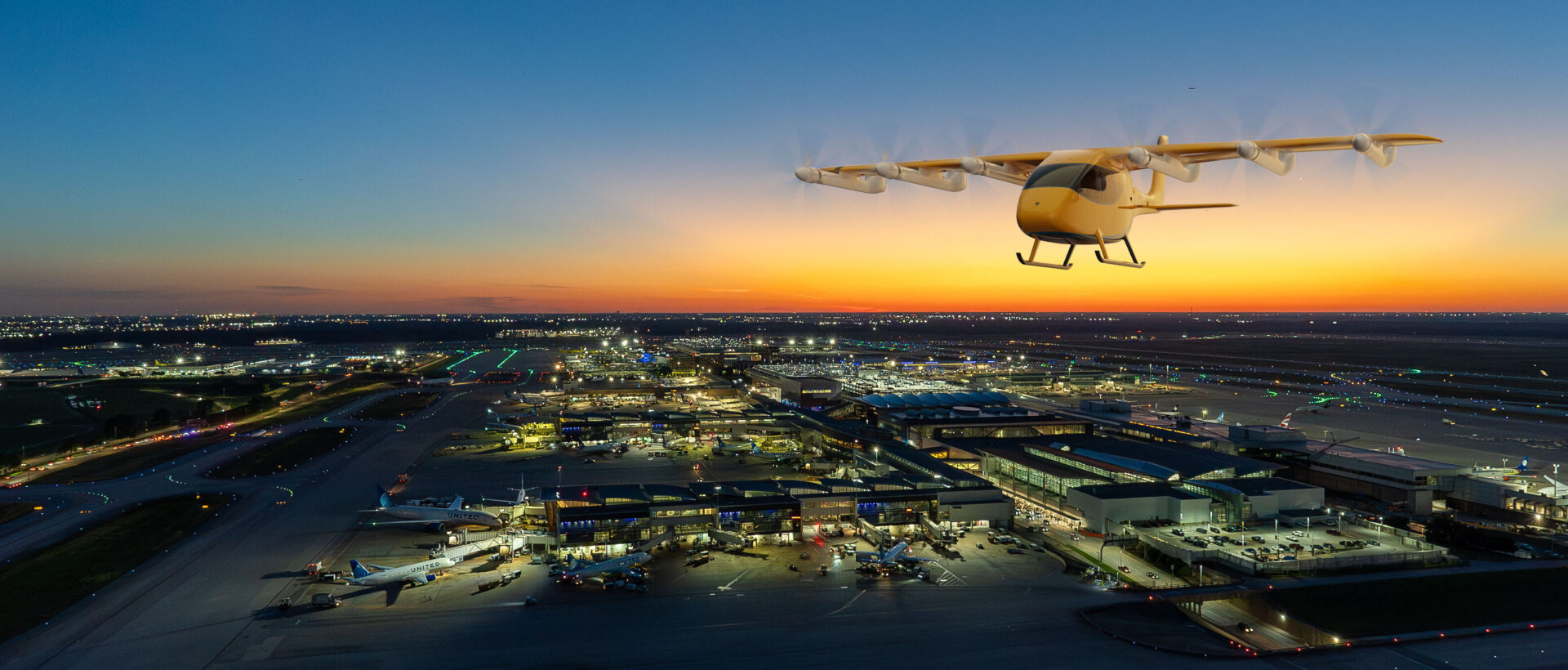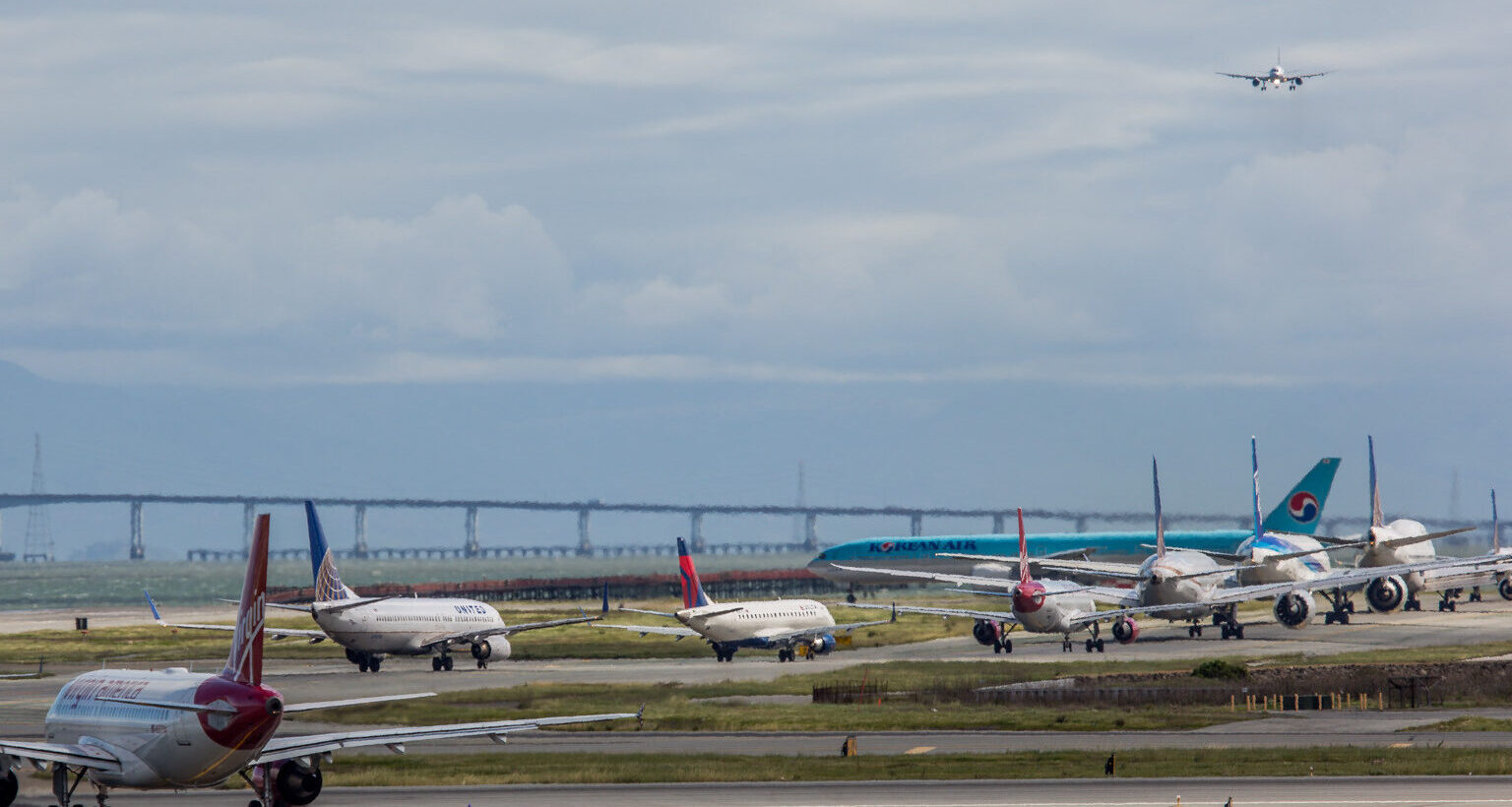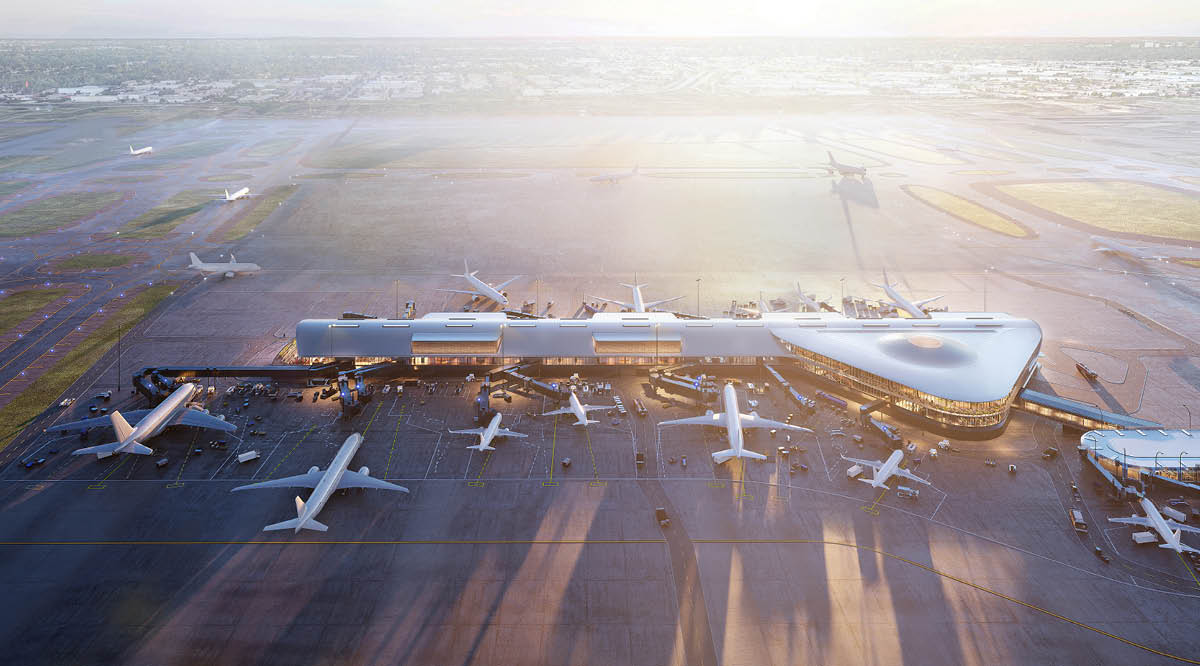The population of Florida is in the midst of a rapid expansion, particularly since 2020, as the state leads the nation with some of the fastest-growing metro areas. In fact, according to U.S. Census Bureau data, the population of Florida has increased by more than 1 million residents between April 2020 and July 2023.
Central Florida population growth is clearly evident in the increased passenger traffic Orlando International Airport (MCO) is experiencing, as there are now, on average, more than 21,000 more people flying in and out of MCO every day than there were in 2019.
In recognition of the growing demand for airport access and other challenges, the Greater Orlando Aviation Authority (GOAA), which operates and manages Orlando International and Orlando Executive airports, has several projects in the works that will help accommodate growth and address an expected increase in passenger traffic.
Through careful planning, innovation and technology, Orlando International Airport will be able to provide the best traveller experience for our growing passenger volume now and into the future,. We will continue to embrace new ideas and make investments while not departing from our core value of excellent customer service.
These investments are critical and wide-ranging. Connectivity, customer convenience and creativity will play large roles in ensuring Orlando International provides an exceptional passenger experience into the future.
The blueprint for Orlando International’s future can be seen in its newly implemented 10-year Strategic Plan, which covers strategic priorities built on four pillars: People, Connection, Community and Innovation.

Connection as a strategic priority is particularly focused on the projected rise in travellers because the goal seeks to inspire and elevate the quantity and quality of networks related to transportation modes. This means GOAA will seek to increase air, rail and ground travel mode options, with the ultimate goal of fulfilling its vision to become the global leader in the evolution of mobility.
Part of that vision already is being realised through a partnership with Brightline, a high-speed rail passenger service. It made its debut in September 2023, making MCO the first U.S. airport to offer high-speed intercity passenger rail service. The arrival of Brightline portends a future where the airport has different local and regional rail options available to the travelling public. Indeed, MCO’s train station has room for light rail and commuter rail expansions in the future. Additionally, Brightline seeks to make its own expansions with planned stops in Tampa, Florida’s Space Coast in Cocoa, and the Treasure Coast in Stuart.
Furthering connection is the expansion of the new Terminal C complex. Terminal C, which opened in 2022 with 15 gates capable of accommodating up to 20 aircraft, had two key projects deferred during construction due to the COVID-19 pandemic. Those projects are now under way, in part, through the Bipartisan Infrastructure Law (BIL) funding. One of those projects includes gates 250-253 of Terminal C, which will accommodate up to 8 narrow-body equivalent positions.
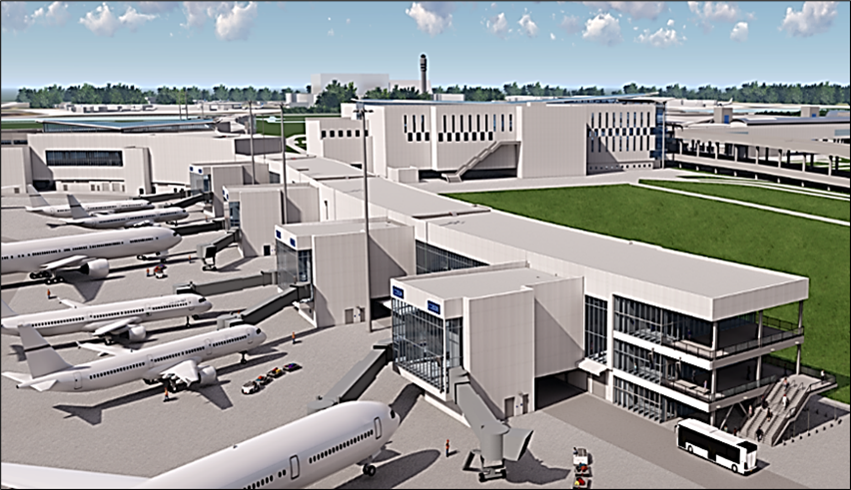
The other project is a Pedestrian Bridge, an elevated, enclosed and air-conditioned pedestrian walkway approximately 450 feet in length. The walkway will connect Terminal C and the train station, with access to Brightline and the A & B Terminals. The bridge will also include a rental car lobby area. Substantial completion of the Pedestrian Bridge is expected in fall 2024 and the additional gates are expected to be operational in winter 2025. Accompanying airfield projects, including ramp, taxiway and remote parking, are scheduled for substantial completion by March 2026.
These projects will improve connections, but other initiatives are geared strictly toward customer convenience. MCO is preparing to reimagine its concession offerings in a new Concession Master Plan, designed to meet increased scrutiny by foodie passengers. In the plan, GOAA has taken a holistic approach to curate offerings across a wide variety of shopping and dining experiences. Healthier food options will be offered, as well as a selection of local, regional and national brands, offering dining experiences that uniquely reflect the Orlando area. Additionally, the plan determines to repurpose some retail areas into spaces where passengers can play games or enjoy museum exhibits, for example. The additions will increase passenger engagement and will also give the passenger a sense of place, helping passengers mark their arrival to Orlando.

Another proposed passenger convenience is a consolidated rental car facility, which will make renting a vehicle more efficient and passenger friendly. Currently, rental cars are available for pickup in the airport’s three terminals; however, GOAA is making plans to consolidate all rental cars at one convenient site, with connection to the terminals via an automated people mover (APM). A long-term project expected to open by 2030, when complete, this facility will liberate 5,000 parking spaces for passengers and provide more space for transportation network companies (rideshares) to operate.
A refurbishment of two original airsides, constructed nearly 40 years ago, is in the planning stages with multiple concepts under consideration. This refreshing improvement should be aesthetically pleasing and welcoming to passengers. Early concepts include combining Airsides 1 & 3, and adding APM stations, ramp level bag screening, and a new bag sortation facility. Concepts also include plans to add a third wing to Airside 2. This, along with offering new concierge services, should vastly enhance the passenger journey.

Like most airports, Orlando International continuously looks at creative ways to generate revenue and to address future air travel. There are two primary efforts taking shape: increasing cargo and preparing for vertiports.
Currently, Orlando International is working to increase cargo operations because new opportunities for cargo could boost revenue. As the fourth-largest airport in the U.S. by landmass, the airport offers room for expansion and growth and provides easy access to cargo areas from interstates and highways. MCO is not only the airport’s IATA code, but it is also an acronym for More Cargo Opportunities.
The burgeoning vertiport industry will also be instrumental in helping to prepare for future travellers. Orlando International is developing a network of electric vertical takeoff and landing (eVTOL) aircraft and vertiport facilities that will provide residents and visitors access to a rapid and flexible mode of local transportation.
During the past several years, GOAA has collaborated with local, state and federal partners, including the Federal Aviation Administration, as well as numerous industry manufacturers and operators, on how to integrate the technology that will be needed at airports to make advanced air mobility (AAM) successful.
AAM could also serve as a platform for medical transportation, emergency services, law enforcement and disaster relief. According to industry experts, the integration of AAM into today’s National Airspace System has the potential to reduce carbon emissions, reduce noise impacts, create new jobs, provide air service to underserved communities and create opportunities for new and diversified revenue streams for airports. Future plans include integrating AAM operations into the multimodal environment of MCO.
All of these projects and initiatives will accommodate future passenger growth and help the airport meet the challenge of providing a premium travel experience. Through connectivity, customer conveniences and creativity, Orlando International Airport will continue to offer exceptional passenger experiences and realise its ultimate vision to become the global leader in the evolution of mobility.
This article was first published in the Airport Industry-News magazine.



